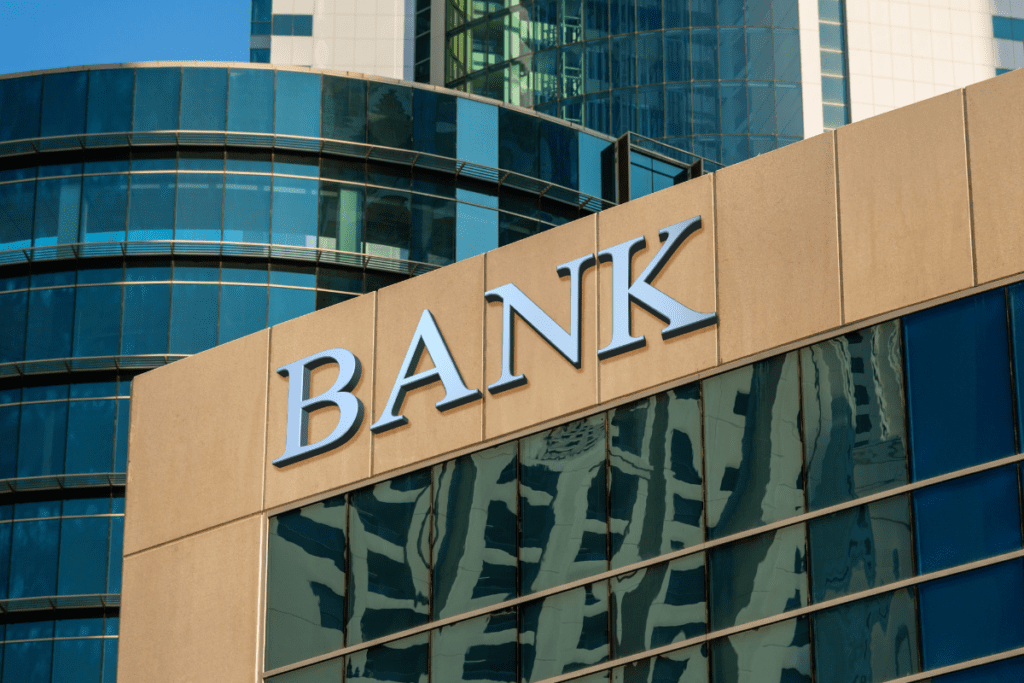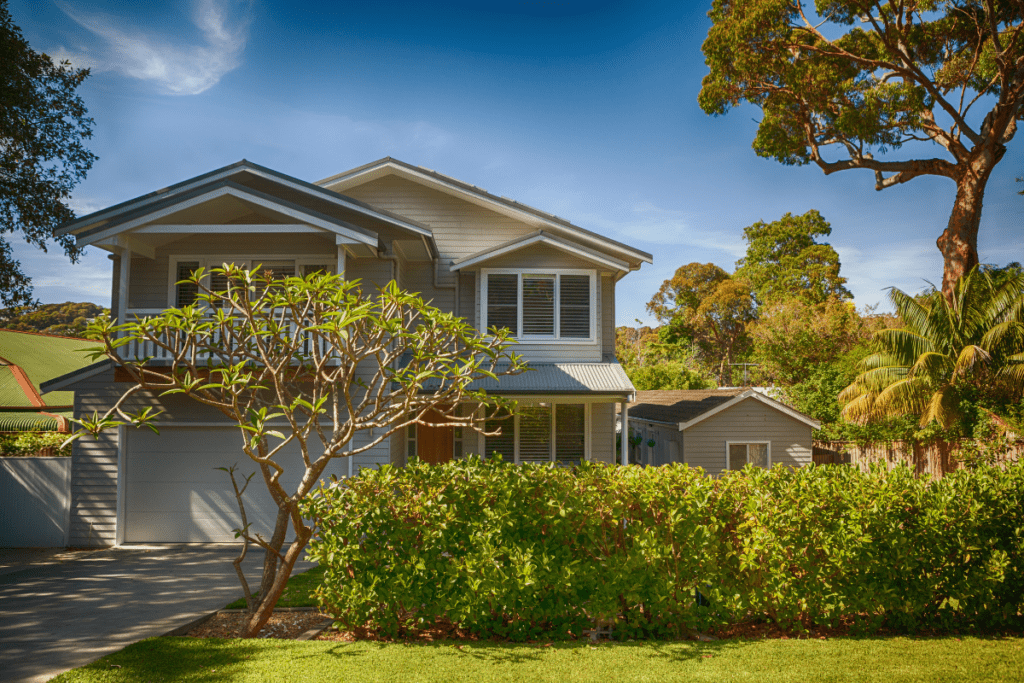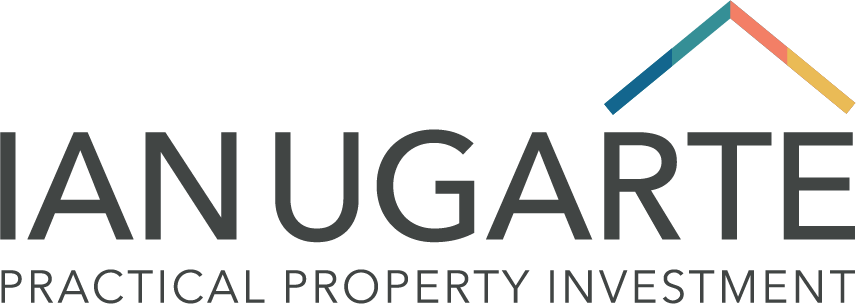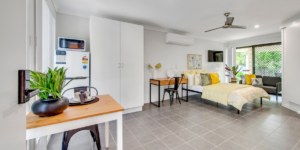It’s now possible for single parents to buy a home with as little as a 2% deposit. Sound like great news, particularly with the current housing affordability crisis. But is it really a good idea and what are the hidden pitfalls? Check out my advice below as the nation’s lending experts and I chat with Savings.com.au‘s Harrison Astbury below.
Is the 2% deposit ‘Family Home Guarantee’ a good idea?
By Harrison Astbury, Savings.com.au, May 10, 2021
Announced on Saturday, the ‘Family Home Guarantee’ allows single parents to buy a home with as little as a 2% deposit.
From 1 July 2021, 10,000 spots will be allocated to this scheme over four financial years, providing single parents with the ability to build or buy a home with a deposit of 2% (a 98% loan-to-value ratio).
Eligible participants can either be a first home buyer or a previous owner-occupier, and the maximum annual income cap is $125,000.
The Government estimates around 125,000 single parents with dependents could be eligible, with 84% of them single mums.
It is yet to be confirmed if borrowers in this scheme will have to pay lenders mortgage insurance (LMI), which is not the case with the First Home Loan Deposit Scheme.
BUYING YOUR FIRST HOME? Read More of my tips for savvy first home-buyers HERE

How did the major banks respond to the Family Home Guarantee?
The scheme has found support among big banks.
“This announcement will come as a welcome relief for hard working single parents, particularly those working in essential services such as education, health care and public safety, looking to buy their first home or re-enter the property market,” CommBank chief Matt Comyn said.
NAB also backed the latest measures.
“We’re excited by the new initiative for single parents, recognising that buying a home is often a major challenge for Australians on a single income,” NAB executive Rachel Slade said.
“We expect the Family Home Guarantee will provide hope and build confidence for single parents to enter, or in some cases re-enter, the property market.”
Housing groups supportive too
Housing industry lobbying groups, such as Housing Industry Australia (HIA) were supportive of this new scheme too.
“While many people can service a mortgage, saving the extra money each week to build up a deposit is simply too hard. This scheme will meet a real need and support thousands of families gain the security that comes with a home,” HIA managing director Graham Wolfe said.
Master Builders Australia chief Denita Wawn had a similar response.
“Every $1 spent building new housing delivers $3 in benefits to the wider economy, so this undoubtedly good news for the whole community,” she said.
“Overcoming the deposit gap is the greatest barrier to home ownership and these measures will be life-changing for so many people.
“The new Family Home Guarantee will be a revolution in providing single custodial parents, the overwhelming majority of whom are women, with a step up to gaining the security that comes with home ownership.”
SCOLL DOWN to see how wages growth has kept up with housing prices since 1970 in Australia.

Criticisms of the Family Home Guarantee
Not everyone is happy with the Family Home Guarantee, and the most vocal opponents have been from the Federal Opposition and the social services sector.
Shadow Housing Minister Jason Clare said on Saturday the policy was “minimum help, maximum hype”.
“There are about one million single parent families in Australia. After their press conference today, the Government revealed that its Family Home Guarantee will only help 2,500 single parents a year,” he said.
“It’s harder to buy than ever before, it’s harder to rent than ever before and there are more homeless Aussies than ever before. And this over-hyped announcement doesn’t do anywhere near enough to help.”
Australian Council of Social Service (ACOSS) chief Dr Cassandra Goldie said the scheme will “do nothing” for low-income women and their children.
“We are one of the wealthiest countries in the world, yet one in three single parents, overwhelmingly women, live in poverty,” she said.
“The sting in the tail of the present recovery is a hike in home prices which will flow on to rents. People on low and modest incomes already can’t afford secure housing.”
Housing affordability expert Ian Ugarte told Savings.com.au there “are a few obvious problems arising from the scheme that are likely to outweigh the benefits”.
“My concerns are that we’re getting people into the property market at very high mortgage rates and then possibly having to foreclose on them and evict them because they can’t keep up with a hike in mortgage repayments due to an increase in interest rates,” he said.
“The only players likely to benefit from the scheme will be unscrupulous sellers of overpriced house-and-land packages.
“This is because they’re likely to inflate the price of the property by more than the LMI savings, leaving purchasers burdened with an overpriced mortgage they will need to service for the next 30 years.”

Crunching the numbers: is the Family Home Guarantee a good idea?
National home prices ticked 1.8% higher in April, according to CoreLogic’s home value index.
In Sydney, the median value is $950,457: a 2% deposit on that means home buyers would still be borrowing $931,448 using the Family Home Guarantee.
Reserve Bank lending data shows the average interest rate for home loans with deposits under 20% is 2.52% p.a as of March 2021, seven basis points more than rates for higher-deposit home loans.
Using the amount borrowed above, the monthly repayments would be $3,690 per month over 30 years, assuming no extra fees are paid.
An annual gross income of $125,000 equates to $7,599 net income per month, meaning that mortgage payment is nearly half of a single parent’s income (Anything over 30% of income spent on mortgage repayments is generally considered ‘mortgage stress’).
CoreLogic data also shows the median national dwelling value is $624,997, or about $2,426 per month in mortgage repayments and nearly a third of the scheme’s maximum income threshold.
However, the scheme will also reportedly have home price caps based on where the participant is buying, with more details to come on budget day.
A similar scheme exists in Western Australia
Western Australia’s ‘Shared Home Ownership’ initiative allows home buyers to enter the property market with a 2% deposit and without paying LMI.
Purchases are made through the state government using its lending agent ‘Keystart’.
However, the Keystart website shows the home loan offered attracts an interest rate of 4.54% p.a. (4.63% p.a. comparison rate*).
CoreLogic data shows the median dwelling value in Perth was $513,598 – with a 2% deposit that’s $503,326 borrowed.
On a 4.54% interest rate, that’s $2,562 per month over 30 years, as opposed to $1,994 per month using the 2.52% figure mentioned above.
READ MORE about what the changes in lending laws mean for you in my BLOG HERE

Family Home Guarantee 2% Deposit Lenders
Twenty-seven lenders take part in the wider ‘First Home Loan Deposit Scheme’, and the same will take part in the 2% First Home Guarantee scheme.
Notable omissions are ANZ and Westpac, with the 27 lenders being:
- National Australia Bank
- Commonwealth Bank
- Australian Military Bank
- Auswide Bank
- Bank Australia
- Bank First
- Bank of us
- Bendigo Bank
- Beyond Bank Australia
- Community First Credit Union
- CUA
- Defence Bank
- Gateway Bank
- G&C Mutual Bank
- Indigenous Business Australia
- Mortgageport
- MyState Bank
- People’s Choice Credit Union
- Police Bank (including Border Bank and Bank of Heritage Isle)
- P&N Bank
- QBANK
- Queensland Country Credit Union
- Regional Australia Bank
- Australian Mutual Bank
- Teachers Mutual Bank (including Firefighters Mutual Bank, Health Professionals Bank, Teachers Mutual Bank and UniBank)
- The Mutual Bank
- WAW Credit Union
Disclaimers
The entire market was not considered in selecting the above products. Rather, a cut-down portion of the market has been considered which includes retail products from at least the big four banks, the top 10 customer-owned institutions and Australia’s larger non-banks:
- The big four banks are: ANZ, CBA, NAB and Westpac
- The top 10 customer-owned Institutions are the ten largest mutual banks, credit unions and building societies in Australia, ranked by assets under management in November 2020. They are (in descending order): Credit Union Australia, Newcastle Permanent, Heritage Bank, Peoples’ Choice Credit Union, Teachers Mutual Bank, Greater Bank, IMB Bank, Beyond Bank, Bank Australia and P&N Bank.
- The larger non-bank lenders are those who (in 2020) has more than $9 billion in Australian funded loans and advances. These groups are: Resimac, Pepper, Liberty and Firstmac.
- If you click on a product link and you are referred to a Product or Service Provider’s web page, it is highly likely that a commercial relationship exists between that Product or Service Provider and Savings.com.au





